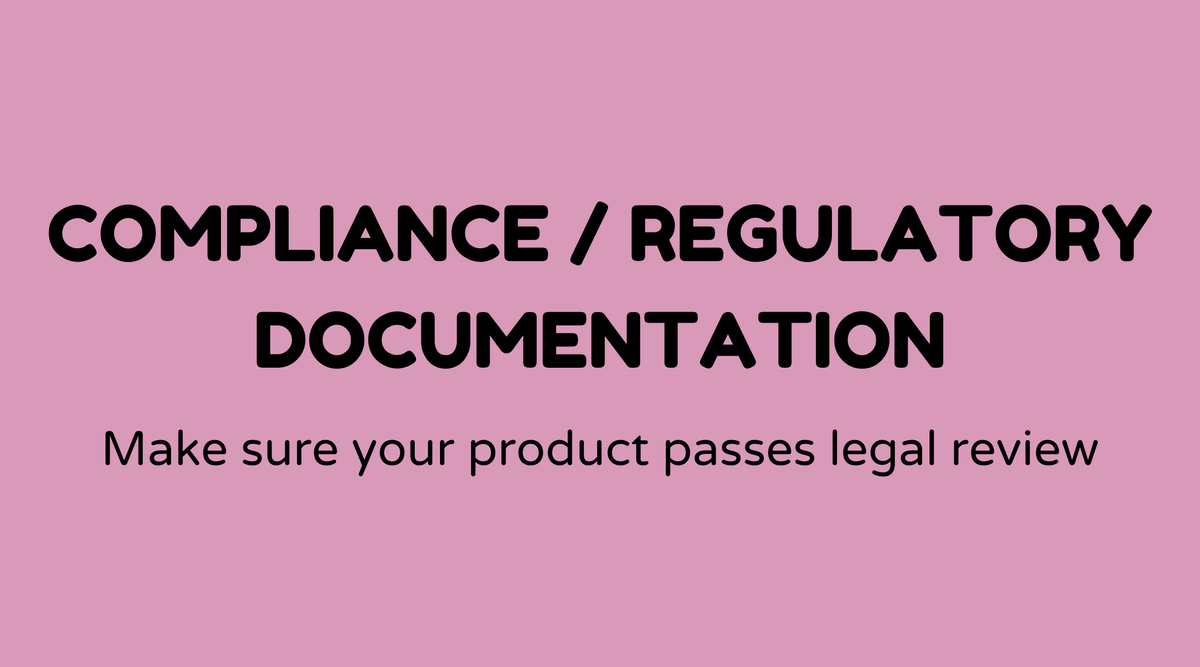Compliance / regulatory documentation

Overview of Compliance / Regulatory Documentation:
Compliance and regulatory documentation may not seem thrilling, but it serves as a fundamental aspect of numerous industries. If you're managing a business, navigating the complex world of regulations is essential. But what exactly does this documentation involve, and why is it important? Let’s break it down.
Why Compliance / Regulatory Documentation Matters:
While paperwork isn't typically enjoyable, compliance documentation protects you from potential legal issues. It guarantees that your business adheres to the established norms. Overlooking this can result in penalties, lawsuits, or worse. Think of it as a safety net for your operations – unexciting but vital. Whether it's ensuring community health through food safety regulations or protecting sensitive data under privacy laws, these documents play a key role.
What is Compliance / Regulatory Documentation:
What are we referring to here? Compliance documentation encompasses all records demonstrating your business’s adherence to legal and regulatory standards. This includes a wide range of items, such as safety manuals, financial reports, environmental assessments, or employee training logs. These documents serve as proof that you're following the required guidelines.
How to Manage Compliance / Regulatory Documentation:
Getting your compliance documentation in order involves several important steps:
-
Identify Relevant Regulations: Start by comprehending which regulations apply to your sector. This may cover aspects from health and safety standards to data protection laws.
-
Develop Documentation: Compile thorough documentation that explains how your business complies with these regulations. This could involve policies, procedures, manuals, and logs.
-
Implementation and Training: Make sure your team is familiar with these documents. Hold training sessions to align practices with the written procedures.
-
Regular Audits: Consistently review and update your documentation to reflect changes in operations or regulations. Compliance isn’t a one-time task.
-
Seek Expertise: Consider consulting a regulatory expert or attorney to verify that your documentation is sound.
Examples of Compliance / Regulatory Documentation:
- Privacy Policies: Explaining how customer data is collected, stored, and used to meet data protection regulations like GDPR.
- Health and Safety Manuals: Describing procedures for maintaining workplace safety.
- Financial Reports: Demonstrating adherence to financial regulations.
- Environmental Impact Assessments: Necessary for industries influencing the environment to promote sustainable practices.
FAQs
How often should compliance documentation be reviewed?
- Regular reviews are necessary, usually once a year, but more often if regulations change or if there are significant operational shifts.
What happens if I don't follow regulatory requirements?
- Failing to comply can lead to penalties, lawsuits, and reputational harm, along with possible operational shutdowns.
Is digital documentation acceptable for compliance?
- Yes, as long as it is secure and easily accessible for audits, digital documentation is often favored for its efficiency.
Who maintains compliance documentation in a company?
- Typically, a designated compliance officer or legal team manages this, but it is a collective responsibility across various departments.
How can technology assist in managing compliance documentation?
- Technology can optimize documentation through automated tracking, simplified updates, and improved data security.
Can compliance documentation enhance business operations?
- Certainly. It’s not solely about adhering to regulations; organized documentation can contribute to more efficient and transparent business practices.



